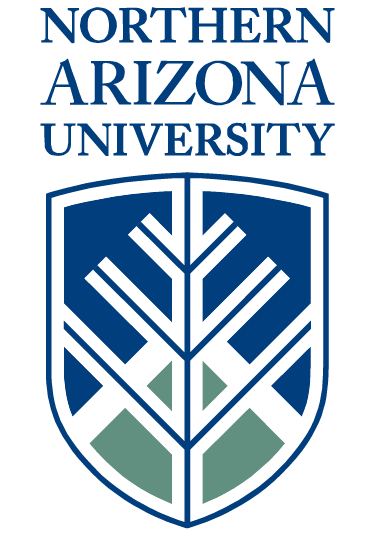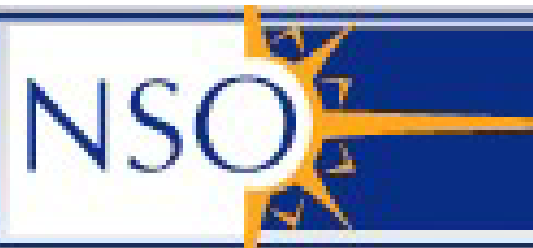Poster Abstracts
Name/Affiliation: Robert De Rosa (ASU, USA/University of Exeter, UK)
Title:
Cool companions to nearby stars - detection and characterisation with adaptive optics observations
Abstract:
With a combination of imaging and spectroscopy, we are pursuing a series of programs designed to detect and characterise new and previously identified substellar companions. We present the results of two large-scale adaptive optics imaging surveys for brown dwarf companions to nearby A and M-type stars. By combining dedicated observations with previously published high-contrast measurements, we measure the frequency of wide-orbit brown dwarf companions (M >~ 20 Mjup) to these two samples of stars. These surveys provide benchmark results on the substellar population, quantifying the difference between the stellar, brown dwarf and exoplanet companion populations for a wide range of primary masses – an important measurement that is needed to inform formation models. In addition to our companion search program, we have been characterising the atmospheric properties of a sample of young, low mass directly imaged substellar companions with multi-wavelength observations. For example, we have obtained the largest wavelength coverage (0.4µm – 5.0 µm) of an exoplanet analogue atmosphere – the planetary mass companion to AB Pic. The thermal-IR measurements are particularly sensitive to the effects of clouds, chemistry, and metallicity, and, when combined with near-IR spectroscopy and optical photometry, provide comprehensive wavelength coverage of the bulk of the emergent flux from these young substellar objects. The long-term goal of the study is to use the optical, near-IR, and thermal-IR spectra and photometry of the targets to define an empirical sequence of young object atmospheres spanning the brown dwarf/planet mass transition.




